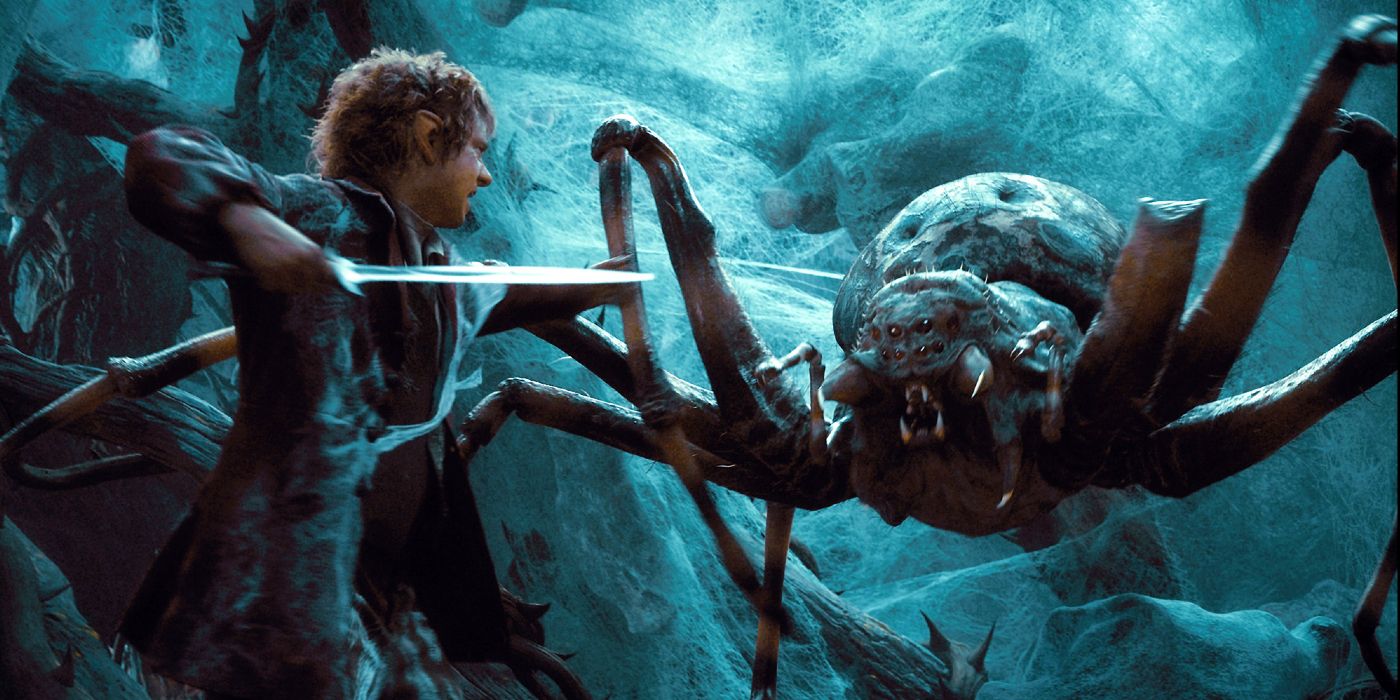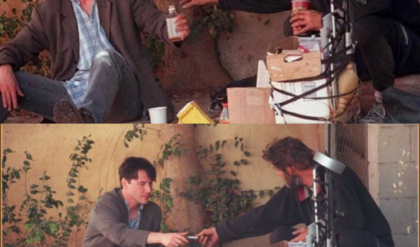J.R.R. Tolkien’s Middle-earth is full of mysterious and dangerous locations, and one of the best-represented areas in Peter Jackson’s The Lord of the Rings and The Hobbit movies is the dark forest of Mirkwood and its southern stronghold, Dol Guldur. Both the mystifying forest and the unholy fortress play a more significant role in the events chronicled in The Hobbit series than the Fellowship’s collective journey in The Lord of the Rings. However, both existed for thousands of years prior to Bilbo Baggins’ finding of the One Ring in Gollum’s cave.
As seen in both the book and movie versions of The Hobbit, Mirkwood was a dense and smothering forest that lay northwest of Rohan, with a long history of being infested with dark magic that caused hallucinations, weakness, and confusion. Travelers in the forest were under the constant threat of danger, either from getting lost, massive and deadly spiders, Orcs, and even the woodland elves who dwelt in Thranduil’s kingdom. The fortress of Dol Guldur stood as perhaps the most dangerous area in the forest for nearly an age before it finally fell following the destruction of the One Ring.
Sauron’s Defeat Lifted The Darkness Of Mirkwood After Lord Of The Rings
The ancient forest had previously been extremely dangerous
When Sauron was finally defeated at the end of the Third Age, the darkness in Mirkwood was lifted once and for all. The newly free forest was divided between several groups, with the southern part the Sauron formerly dominated becoming known as “East Lórien” for a time. The central portion of the forest became the territory of a civilization of men known as the Woodmen. The dark creatures, including the spiders that were known as the spawn of Ungoliant (the first giant spider), fled the forest or were driven out.
One of the most dangerous elements of Mirkwood was the Enchanted River of the forest, which, if drunk or bathed in, would cause the offender to fall into a deep sleep, and suffer from acute amnesia if and when they wake. The dwarf Bombur experienced its effect when he was knocked into the River during the Quest for Erebor.
Sauron’s Dol Guldur Stronghold Was Destroyed By Galadriel
Galadriel used the power of her ring to lay waste to the fortress
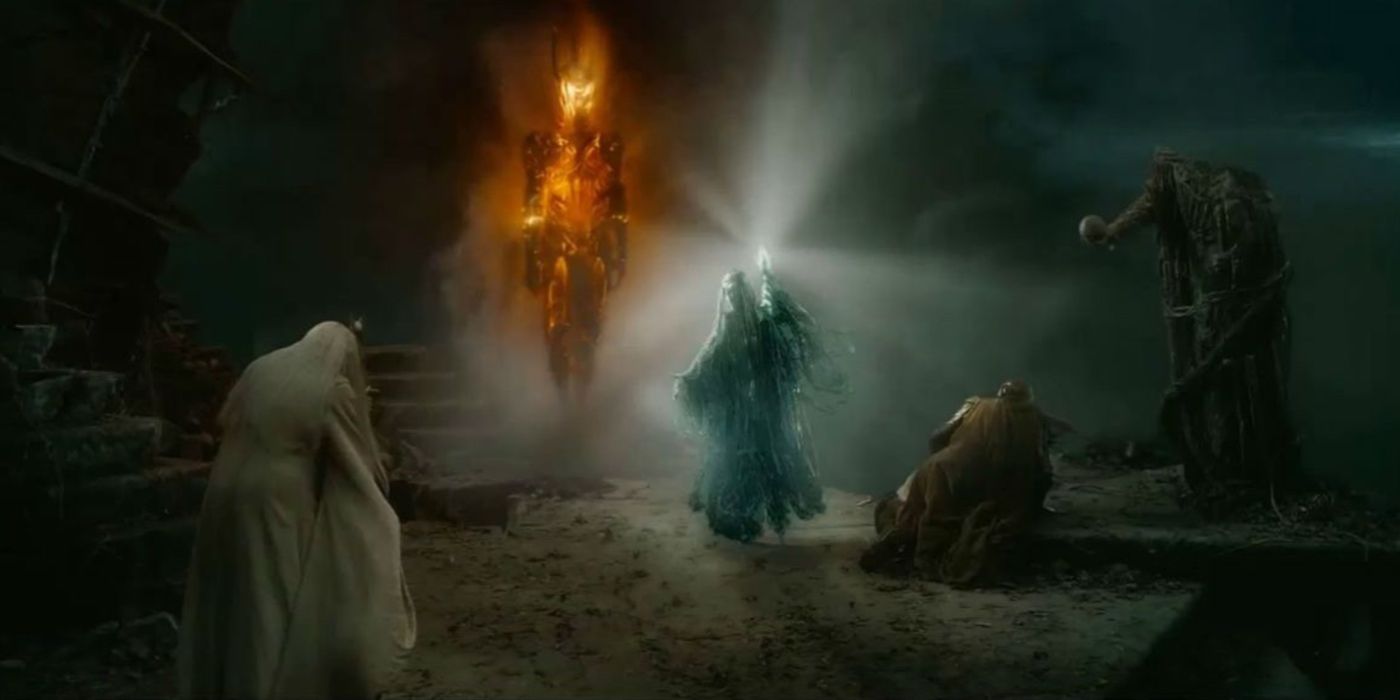
Dol Guldur, the fortress depicted as the haunted dwelling of the Necromancer in The Hobbit movies, also fell with Sauron’s defeat at the hands of Frodo Baggins and Aragorn. Its name can be translated to “Hill of Dark Sorcery” from Sindarin, and it truly earned its name in the time that Sauron occupied its walls and the surrounding area. Around the time of Thorin Oakenshield’s Quest for Erebor, Sauron was driven out of it, but the darkness surrounding the fortress remained until Sauron’s defeat as seen in The Return of the King.
As an Orc stronghold during the War of the Ring, Dol Guldur was the launching point for attacks on both the Woodland Realm and Lórien. They were repelled by the strength of Nenya, Galadriel’s Ring of Power, which was also responsible for the end of the hilltop fortress itself. Following Sauron’s demise, Galadriel used Nenya to completely dismantle Dol Guldur, and restored the hill as Amon Lac, as it had previously been known.
How Mirkwood Became Evil In The First Place (Before Lord Of The Rings)
The area formerly known as Greenwood the Great fell to Sauron
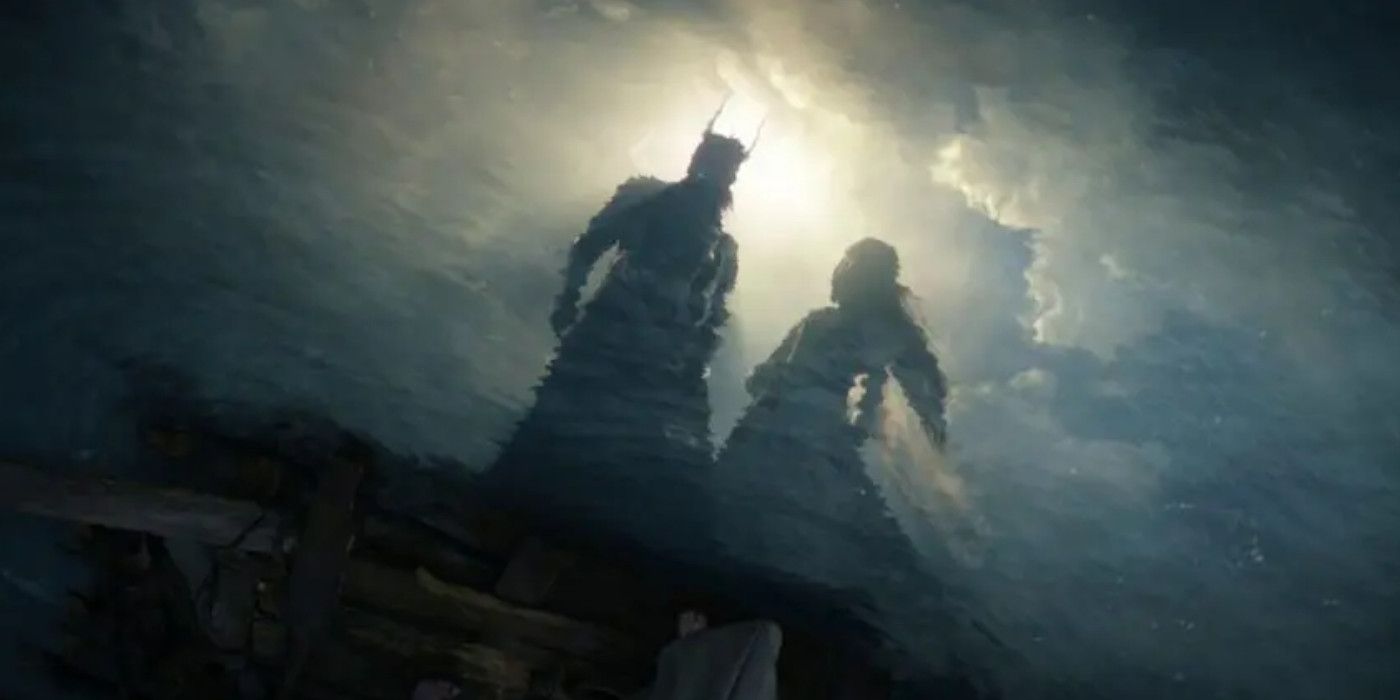
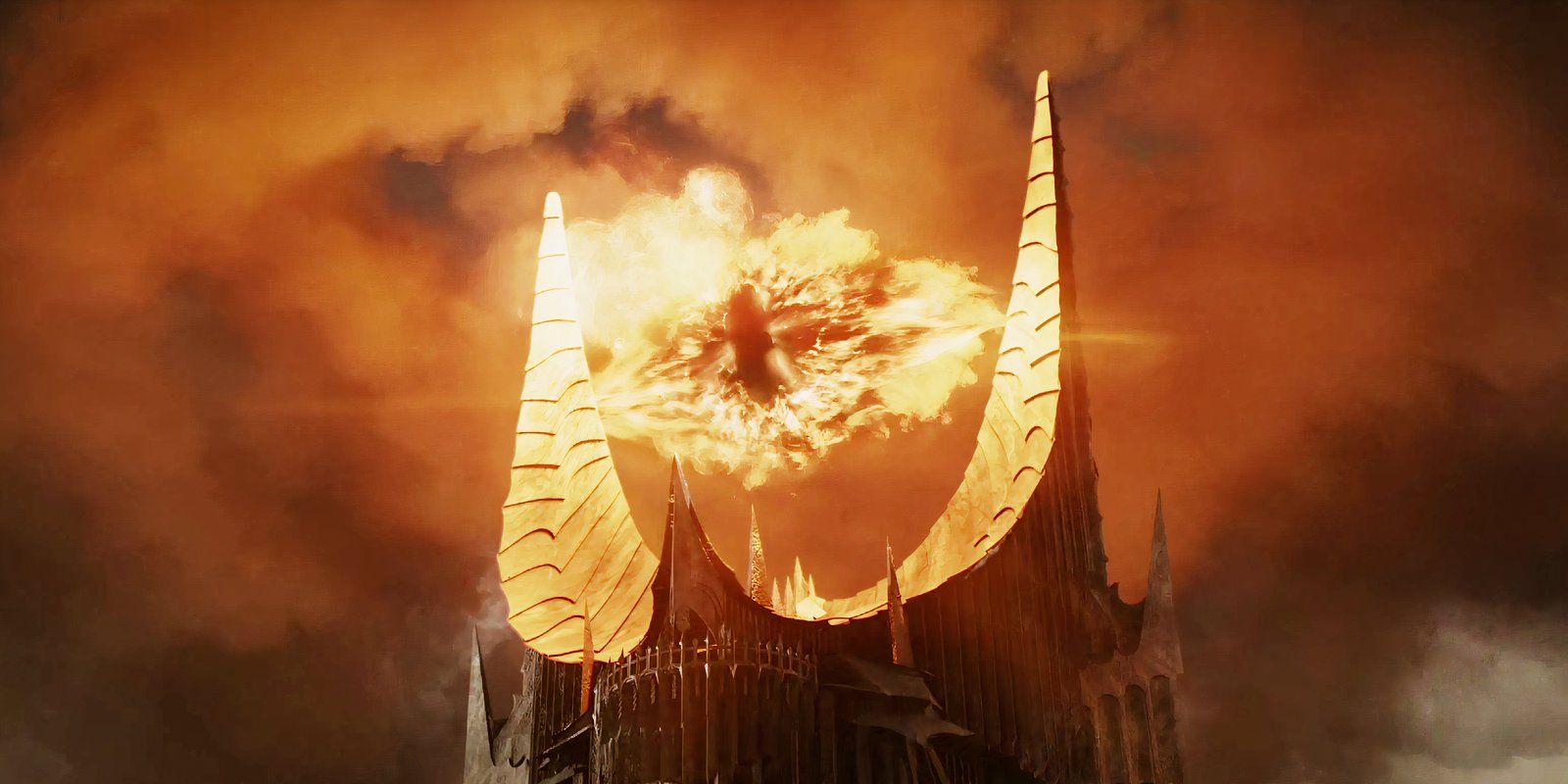
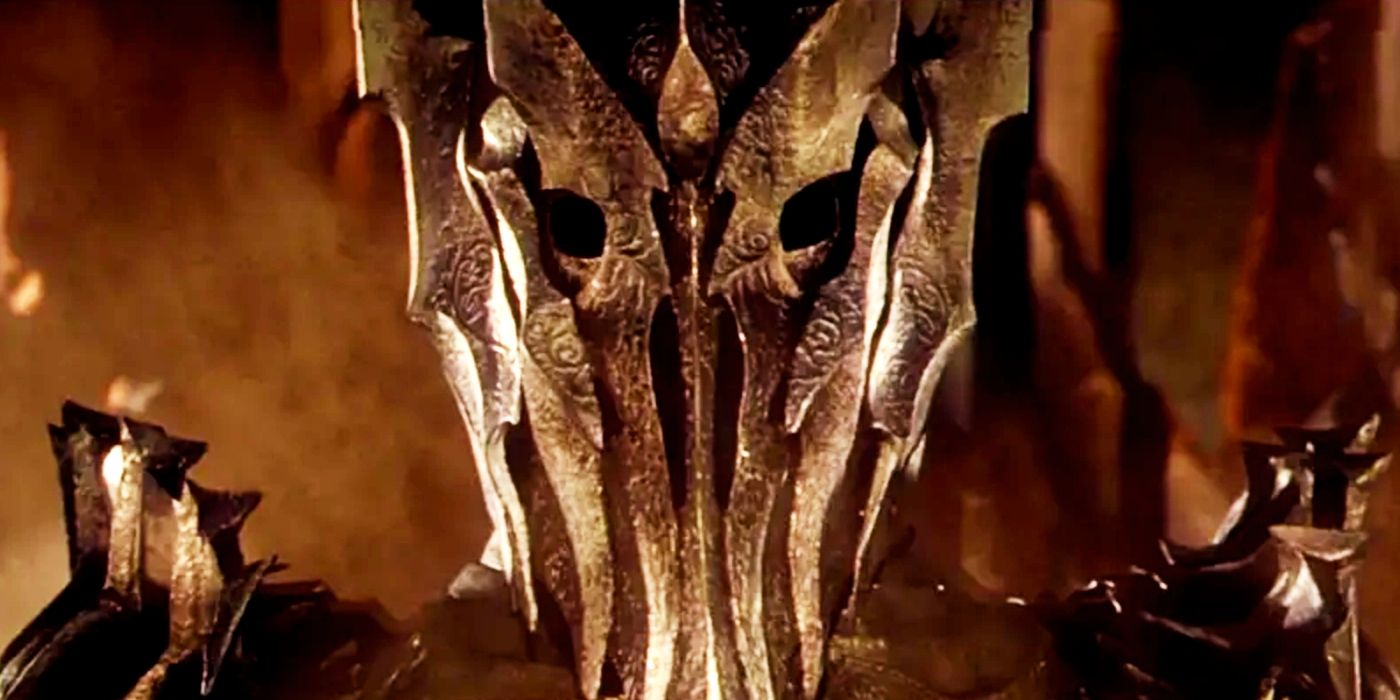
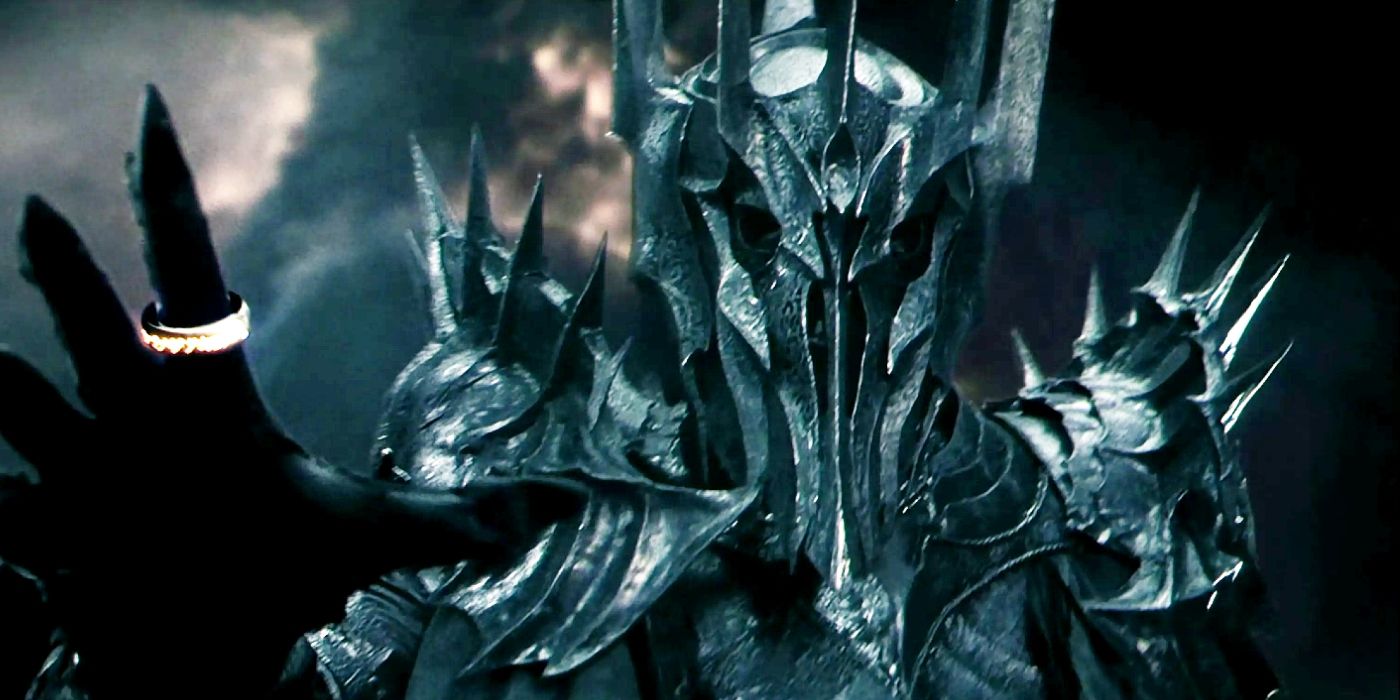
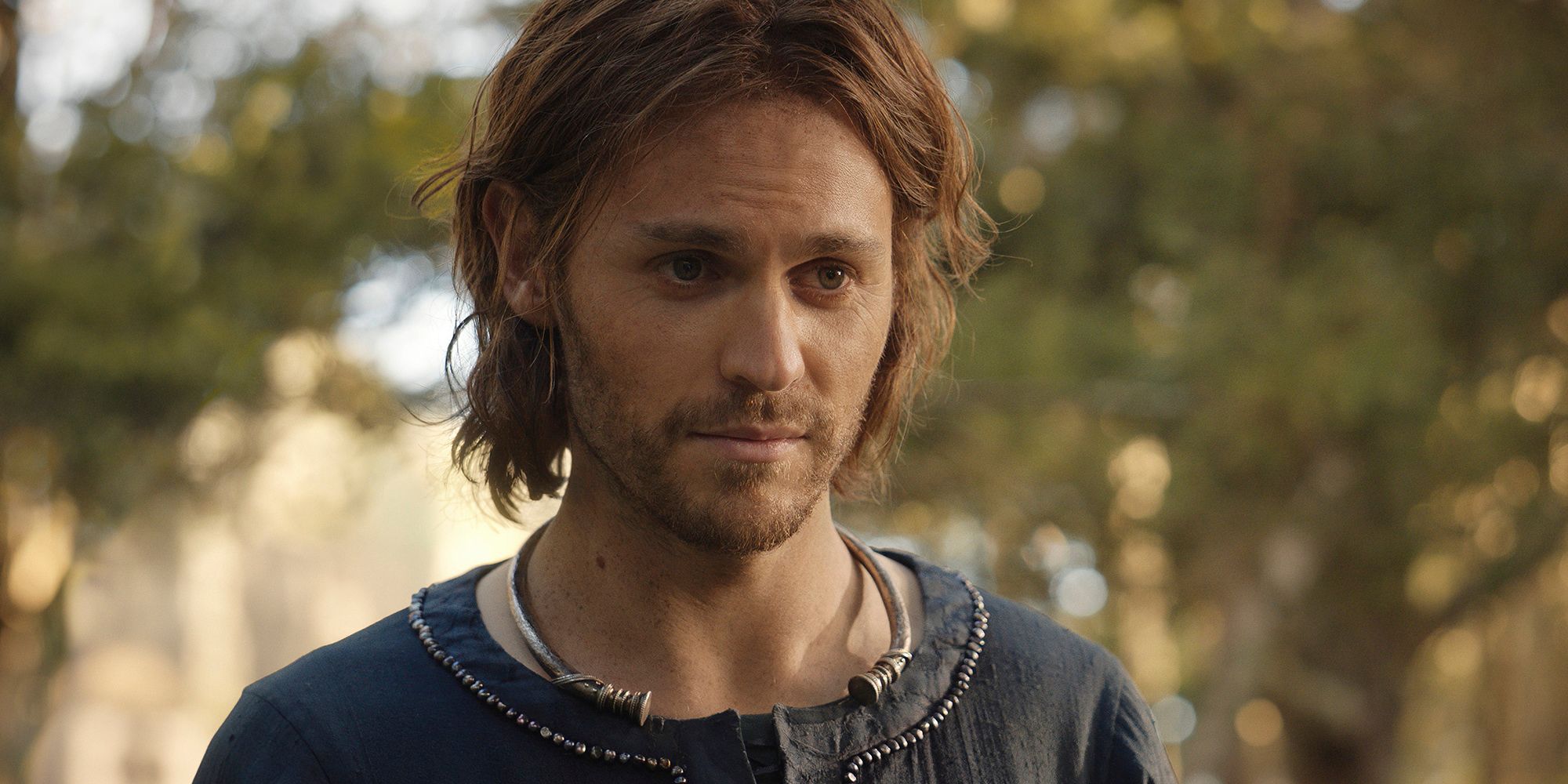





Mirkwood existed at the beginning of the world, and for thousands of years as Greenwood the Great, and the kingdom of the wood elves was well-established before it actually gained the name “Mirkwood” in the Third Age. In the year 1050 of the Third Age, Sauron descended upon the forest, and used his evil influence to haunt the forest with vicious and deadly creatures. The southern part of the forest in particular became Sauron’s stronghold, with the Dark Lord in his “Necromancer” form taking over an old Elven fortress on Amon Lac.
The Woodland Realm was established by the elf Oropher, who was the father of Thranduil and grandfather to Legolas.
Of all the evil areas of Middle-earth, Mirkwood and Dol Guldur remained among the most dangerous for most of the Third Age. Mirkwood was only freed once Sauron met his end, and as was the case for most of Middle-earth, the polluted air and water was eliminated as the forest returned to its natural beauty. Following the destruction of Barad-dûr, Sauron’s previous stronghold Dol Guldur also fell to Galadriel after the events depicted in The Lord of the Rings.
